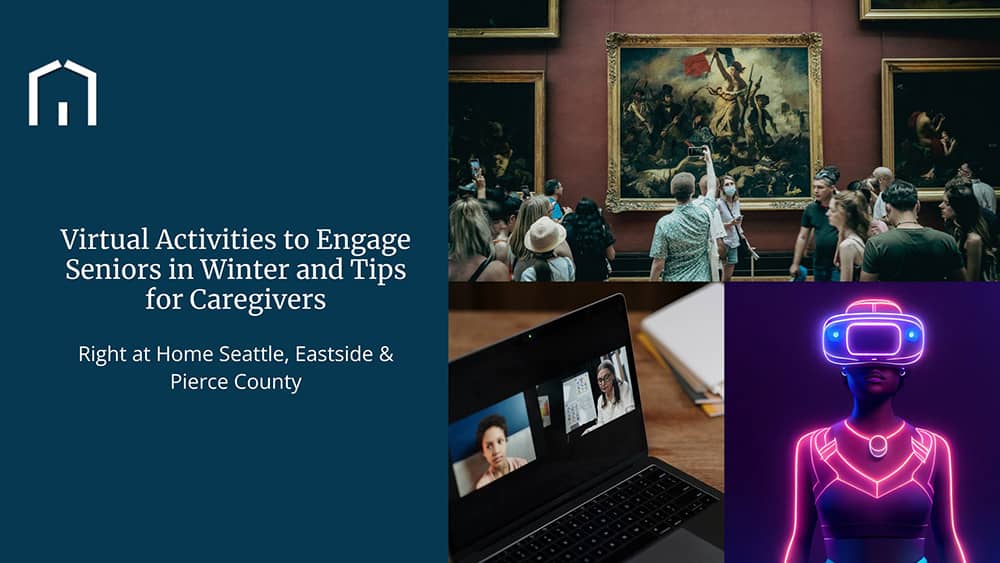

Understanding Appetite Changes and Pocketing with Alzheimer's
As Alzheimer's disease progresses, it can lead to significant changes in eating habits, including appetite loss and a behavior known as “pocketing,” where food is held in the mouth without swallowing. Recognizing these behaviors and understanding how to address them can be critical to ensuring proper nutrition and minimizing related health risks. Here, we’ll discuss why these changes occur and share some practical tips to support caregivers and families in managing these challenges.
Why Appetite Changes and Pocketing Occur in Alzheimer’s
Individuals with Alzheimer's disease may experience changes in their relationship with food due to various reasons:
• Sensory Decline: As Alzheimer’s advances, taste and smell may diminish, making food less appealing.
• Cognitive Decline: Cognitive changes may impair the person’s ability to recognize hunger or the need to swallow.
• Emotional and Environmental Factors: Distractions, loud noises, or unfamiliar surroundings can make mealtime overwhelming or stressful.
• Physical Challenges: Swallowing difficulties (dysphagia) are common in later stages of Alzheimer’s, increasing the risk of choking or aspiration.
Understanding these reasons can help caregivers find ways to make mealtimes more comfortable and effective.
Tips for Managing Appetite Changes and Pocketing
1. Use Contrasting Colors on Plates
Serving food on plates with a color contrast (like a white plate on a dark placemat or bright-colored food on a neutral plate) can help individuals with Alzheimer’s better see their food, making it more inviting and less confusing.
2. Encourage Small, Frequent Meals
Large meals can seem daunting or overwhelming. Offering smaller, frequent meals and snacks throughout the day can help maintain nutrition without causing stress. Bite-sized portions are easier to chew and swallow and may reduce the likelihood of pocketing.
3. Provide Gentle Reminders to Chew and Swallow
For individuals who pocket food, gentle prompts such as “Now chew” or “Try to swallow” may be helpful. Be patient and avoid rushing, as they may need extra time to respond to each step.
4. Create a Calm Eating Environment
Reducing distractions during mealtimes can help the person focus on eating. Background noise, bright lights, or cluttered tables can be disorienting. A calm and familiar environment encourages a more relaxed dining experience.
5. Serve Finger Foods
Finger foods can empower people with Alzheimer’s to eat independently and can reduce confusion around using utensils. Options like cut-up fruit, cheese cubes, or small sandwiches allow for easier handling and make meals feel less formal or intimidating.
6. Use Redirecting Techniques
If pocketing persists, consider gently redirecting their focus or engaging them in a brief conversation to encourage swallowing. Avoid mentioning pocketing directly, as it might cause stress or confusion.
7. Experiment with Texture and Flavor
Some individuals may respond better to foods with different textures or stronger flavors. Trying a variety of foods to find what they enjoy can make eating more appealing and may help address any sensory changes they are experiencing.
8. Stay Alert for Signs of Choking or Aspiration
Pocketing increases the risk of choking. Be mindful of any coughing, gagging, or difficulty breathing during mealtime. Consulting a speech-language pathologist for advice on safe eating practices is beneficial, especially if swallowing difficulties are apparent.
Caring for individuals with Alzheimer’s who experience appetite changes or pocketing requires patience, creativity, and flexibility. Implementing these tips can help ease mealtime challenges and improve the dining experience for both the caregiver and the individual. If these behaviors persist, it may be helpful to work with a healthcare provider to address any underlying issues and ensure that nutritional needs are met.







